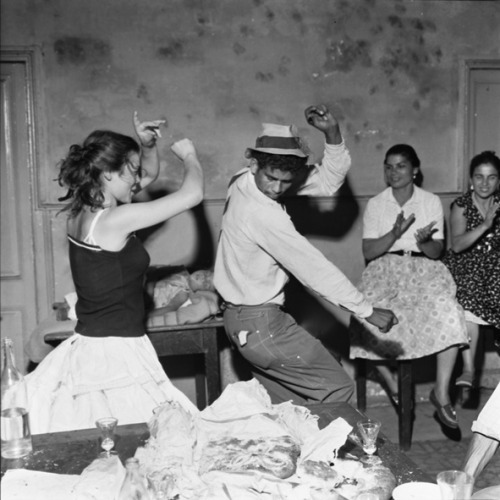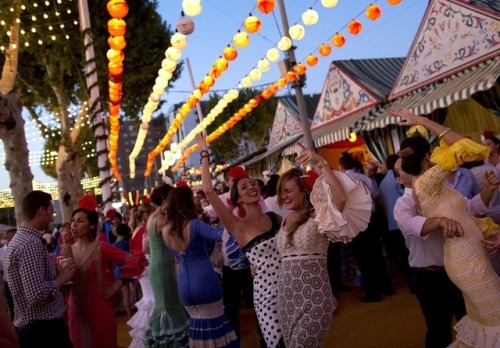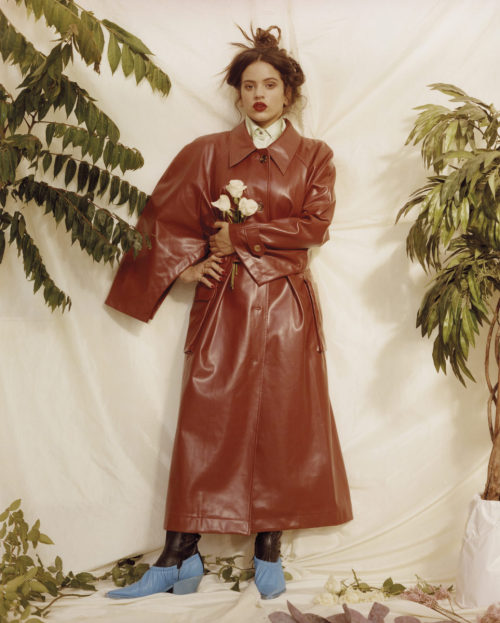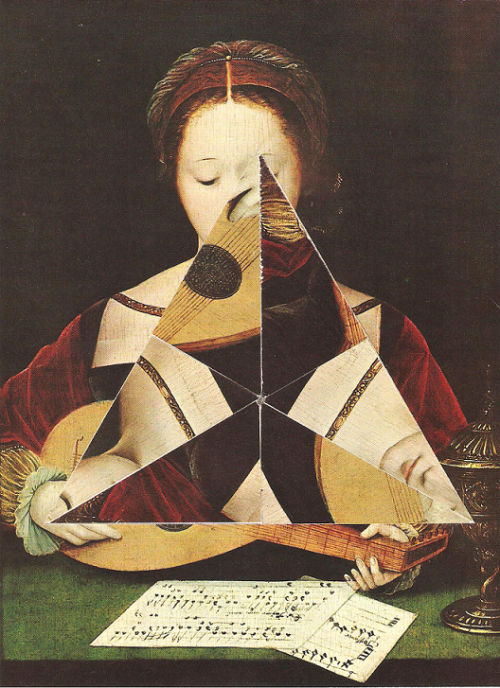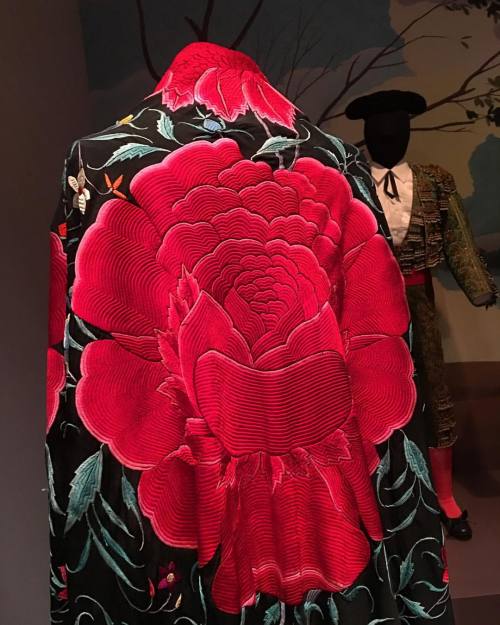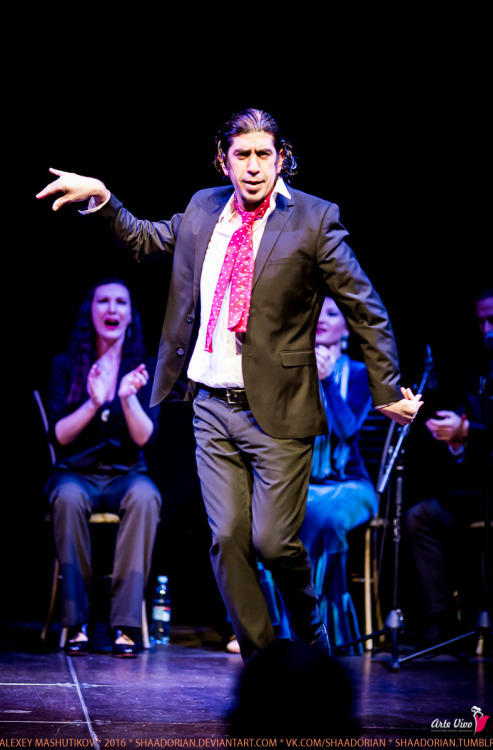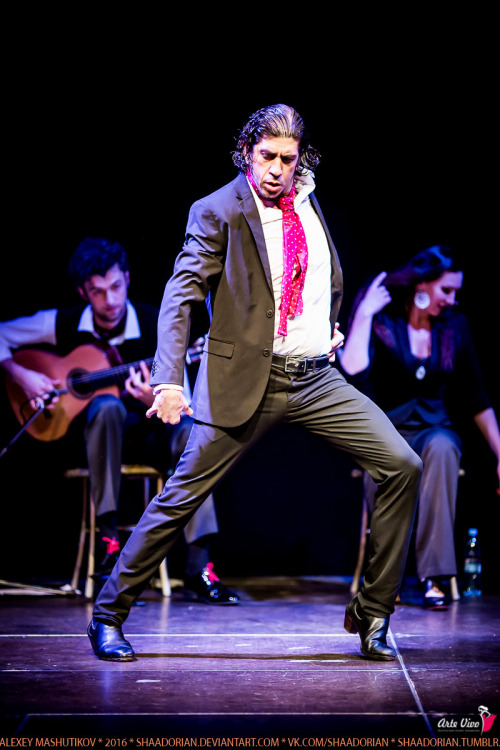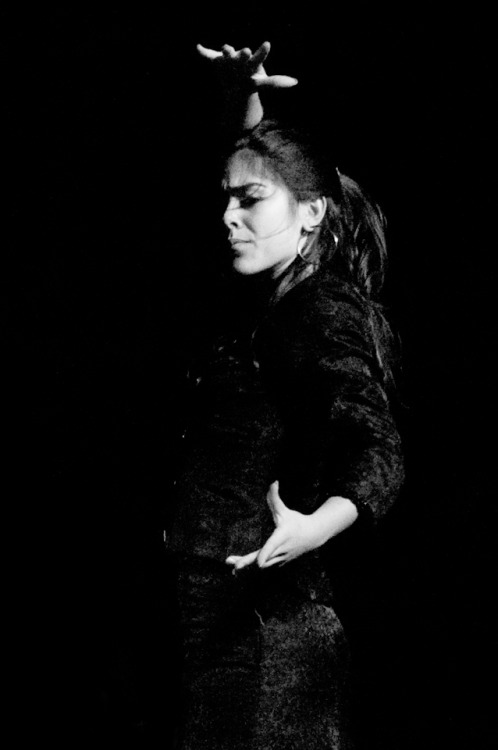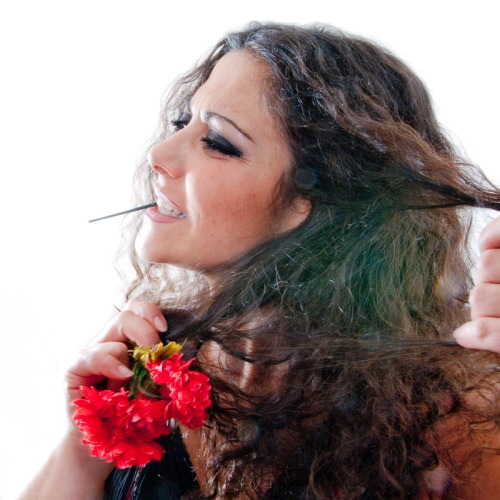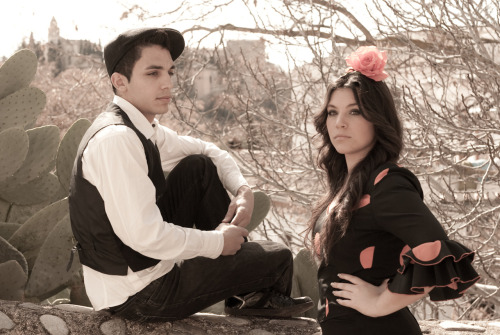#flamenco
Y también a ella…
Acostada entre un sinfín de melenas y arrimada a una mente aclamada, le gusta ensimismarse en el cante flamenco de sus ruiseñores y estrellarse contra el encanto de sus flores.
“Reina de Corazones“
Last night stream fast sketch. Character design for a short movie I’m involved in as designer/storyboarder. Final clothing will probably include a long flowing flamenco dancer skirt.
Post link
A lively night out under Las Setas at a free live flamenco and music show #spain #flamenco #music #live #audience #Seville #lassetas (at Las Setas , Plaza De La Encarnación En Sevilla)
Post link
Feria de Abril de Sevilla - Color, sabor, arte, baile y buen ambiente.
Fiesta de Interés Turístico Internacional.
Post link










- list of 10 popular folk dances in the world
(source: youtube)
suggestions for part 2?
Maestro de las medias figuras - muchacha tocando el laud (rework)
Original handmade collage 15cm x 20,5 cm.
Post link
Fascinating conundrum: curators know this silk-and-rayon mantilla shawl was made 1900-1930, but they don’t know if it was created in China or Spain #Flamenco #MuseumofInternationalFolkArt
Post link

spanish nights again
By Rafa Carvajal | Photos by Marcos G. Punto

Flamenco Festival Miami returns to the Arsht Center’s Knight Concert Hall with spectacular performances by Miguel Poveda, María Pagés, Manuel Liñán and “Stars of Flamenco” featuring Mercedes Ruíz, Eduardo Guerrero and María Moreno. Flamenco is more popular than ever with artists like Rosalia bringing it forward and making it mainstream. Festival attendees will enjoy today’s most celebrated dancers, musicians, and singers, who will come to our Magic City all the way from Spain. One of those artists is Manuel Liñán, who returns to the Flamenco Festival with a new show, ¡VIVA! The all-male dance company explores gender identity inspired by the flamenco woman. For more information and to purchase tickets, visit arshtcenter.org.
Wire Magazine sat down with Manuel Liñán to preview his new show¡VIVA!, and find out what he enjoys the most about performing at Flamenco Festival Miami.
Rafa Carvajal: Why you are so passionate about flamenco?
Manuel Liñán: It is my way of expressing myself with total honesty. Flamenco is an art that brings together experiences of culture, music, literature, history, movement, dance, testimonies, etc. It’s my life!
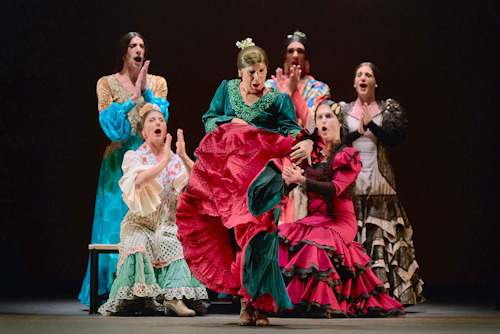
RC: How did you become a flamenco dancer?
ML: It was at school where I began to be attracted to dance. Then, there was a day when I discovered that flamenco was what gave voice and movement to my expression. Through this art, I realized that I could communicate with the world and express everything I felt. It was little by little with love and respect.
RC: Tell our readers about your all-male dance company’s new show, ¡VIVA!
ML:¡VIVA! is a desire that I pursued for years. Since I was little, I have had the need to show myself as I am, and one of those ways is through crossdressing. When I was little, I felt that society did not understand me and ridiculed me, so I started dressing up in secret out of fear of not being accepted by society. Today, I want to make those facts public, the fact of dressing up and also the dramatic burden of thinking you’re going to lose everything.
RC: How does ¡VIVA! explore gender identity through flamenco’s femininity and masculinity?
ML: It’s complicated because flamenco is very set on roles according to gender, and it is something that I don’t understand. When I was little, I was forced to dance as a man should dance, but I also felt the desire to dance like a woman. I felt that I had no options to dance like the opposite sex. I felt limited because my body also wanted to get other movements and options. I simply wanted to have knowledge about everything that both bothered and attracted me, regardless of gender. In ¡VIVA!, we explore ourselves and our way of crossdressing, we do not pretend to be women, nor represent femininity, we simply manifest ourselves as we feel. Giving normality and formality to crossdressing.

RC:How did the idea to create ¡VIVA! come about?
ML: It’s something that I’ve been chasing for years. Now, I feel strong enough to be able to do it without fear or harm. I’ve always wanted to do this since I was little.
RC:What do you enjoy the most about performing at Flamenco Festival Miami?
ML: The public is very welcoming! I feel very good with Miami audiences, I consider them to be very warm. Miami audiences have always received us with a lot of respect and affection.
RC:Is there anything else you would like to share with Wire Magazine readers about yourself, your love of flamenco, or ¡VIVA!?
ML: We just want to dance and dance some more. We are looking forward to being in Miami!
This was originally published in Wire Magazine Issue 6.2020

La bailaora granadina Mariquilla, fotografiada entre bambalinas, en el teatro Isabel la Católica. Se entrega ante el público tras veinticinco años sin actuar en un teatro.
Post link




